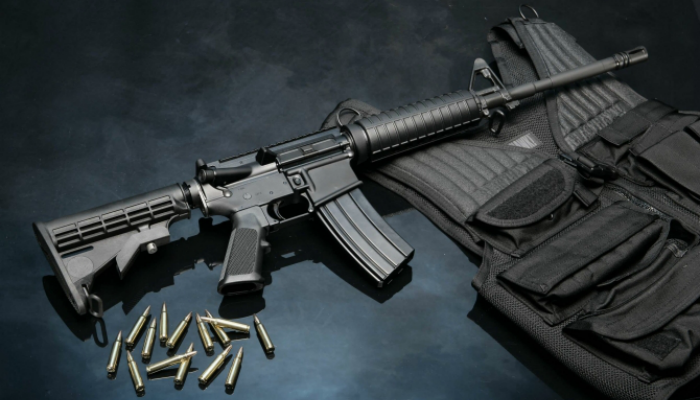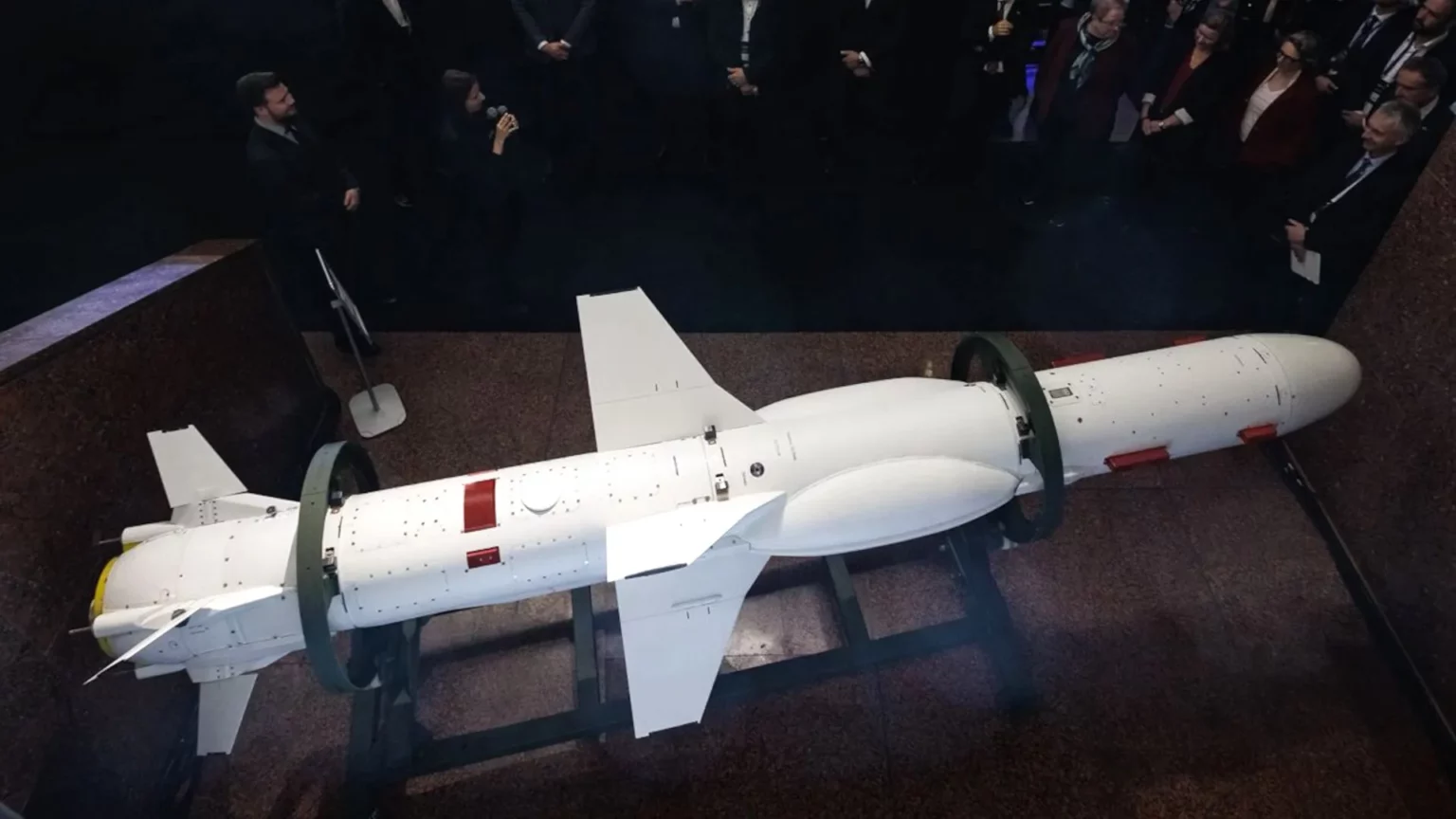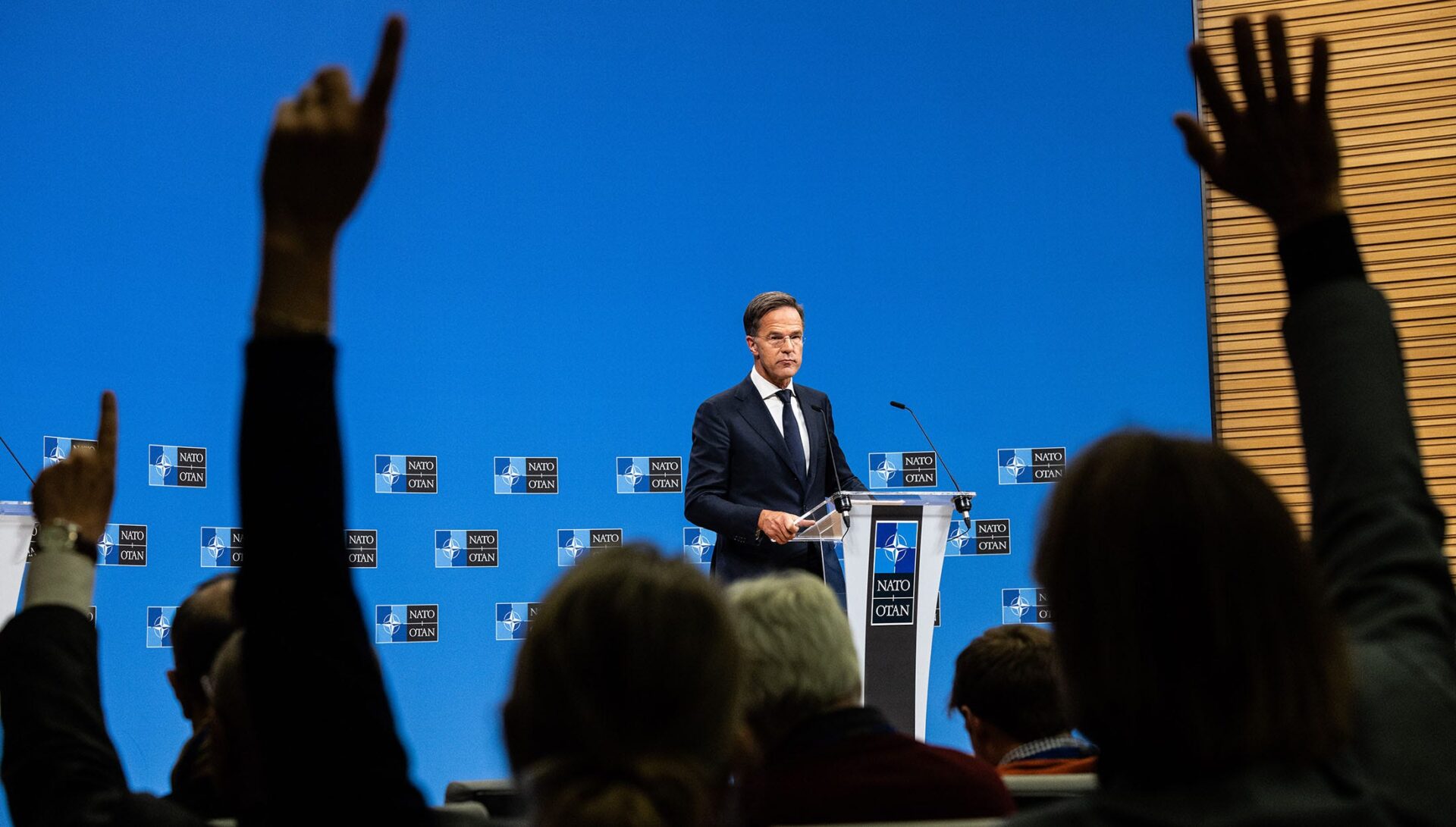
Ukraine to Begin Producing M16 Assault Rifle in Joint Venture With US Firm
Ukraine to Begin Producing M16 Assault Rifle in Joint Venture With US Firm
Ukroboronprom, the state entity responsible for Ukraine’s military-industrial complex, announced that it would begin joint production with the United States company Aeroscraft of a Ukrainian variant of the M16 assault rifle—to be renamed the WAC-47. Sergei Mykytyuk, the director of Ukroboronprom subsidiary Ukroboronservis, told journalists at a January 3 press conference in Kyiv with Aeroscraft CEO Igor Pasternak and Ukroboronprom director Vladimir Korobov, “The first weapon for the pilot project will be manufactured in Ukraine—a model M16 automatic rifle designated the WAC-47. Weapons manufacture to NATO [North Atlantic Treaty Organization] standards is an important part of the development and reform of the Ukrainian military-industrial complex.” Aeroscraft’s CEO added, “The M16 project was conceived some time ago, as the Ukrainian armed forces, border guards and National Guard will, with time, switch to NATO standards” (Presa Ukraini, January 3, 2017).
Since the 1991 implosion of the Soviet Union, Russia and Ukraine have been attempting to disentangle their inherited remnants of the Soviet military-industrial complex. But over the years, ongoing collaboration has grown hostage to gradually worsening political and economic relations between Moscow and Kyiv.
In the most prominent example of this downturn, following Russia’s illegal March 2014 absorption of Crimea, Ukraine’s state-owned Zoria-Mashproekt defense company ceased providing gas turbines to Russia. These turbines were important components in Russia’s new Admiral Grigorovich-class and Admiral Gorshkov-class guided-missile frigates (Zmturbines.com, August 31, 2016). The export ban delayed the launch of several ships and forced Russian shipbuilder United Shipbuilding Corporation (USC) to issue a statement noting that because of the Ukrainian arms embargo, Russia would employ domestic jet engine manufacturer Saturn to build the gas turbines, with delivery scheduled for late 2017 and 2018. USC promised to sue Zoria-Mashproekt for two undelivered gas turbine engines that it already paid for (Oaoosk.ru, June 8, 2015). Given that the issues of both Crimea and eastern Ukraine remain unresolved, rising political and military tensions between Ukraine and Russia are certain to continue for the foreseeable future.
Ukraine’s decision to manufacture assault rifles compatible with NATO standards represents the most decisive break yet with the remnants of its Soviet military-industrial complex heritage. Moreover, it is a significant symbol of Kyiv’s ongoing interest in eventual membership in the North Atlantic Alliance.
When the joint venture was announced, Ukroboronprom Deputy General Director Volodymyr Korobov said that Ukraine’s adoption of NATO’s international standards was part of the government’s strategy of reforming and developing the Ukrainian defense industry (Interfax-Ukraine, January 3, 2017).
Ukraine has even considered the possibility of selling domestically produced armaments to NATO member states. On November 30, 2016, for the first time, in the framework of the Ukrainian Defense Industry Day at NATO headquarters in Brussels, Ukroboronprom hosted a display of its products. Ukroboronprom CEO Roman Romanov said that the event evinced Ukraine’s persistent interest in relations with NATO, remarking, “The Alliance is interested in our experience and capabilities. We have all the equipment that is needed in today’s world, in particular armored vehicles, high-precision artillery systems, which we develop and integrate into the armed forces, unmanned systems, not only traditional but also innovative, ground-based systems such as the Phantom, which is a multi-functional system, and the whole world saw that. The Ukrainian defense industry can offer such experience, which the allies do not yet have” (UNIAN, November 30, 2016).
Ukroboronprom’s press releases on the new joint venture Aeroscraft explicitly emphasize its value as a key component in Ukraine’s NATO endeavors, commenting, “Ukraine is facing a global task: a transition to NATO standards, as opposed to post-Soviet efforts, which appeared in the context of a temporary coercive measure. As with every country that has torn itself away from Russia’s orbit, [and] has gone or is going through this difficult stage, it takes many years and demands great effort. In terms of Kremlin aggression, Ukraine is now facing the same problems and is to decide those as soon as possible, under conditions that are far from ideal” (Ukroboronprom.com.ua, January 10, 2017).
As for Ukraine’s interaction with the North Atlantic Alliance, Ukroboronprom noted, “Ukrainian soldiers are already participating in joint maneuvers with NATO, there are joint teams with Lithuania and Poland, and the creation of a similar unit with other NATO countries Romania and Bulgaria has been proposed. Furthermore, Ukraine consistently participates in joint peacekeeping operations. And in each case, one of the problems is logistics. For example, in the Polish-Lithuanian-Ukrainian brigade [LitPolUkrBrig], Polish soldiers use the Beryl assault rifle, caliber 5.56×45, while Ukrainian soldiers use the automatic AKM or AKMS, caliber 7.62×39.” The introduction of the WAC-47 in significant numbers to the Ukrainian Armed Forces would eliminate this logistical bottleneck (Ukroboronprom.com.ua, January 10, 2017).
The decision by the Ukrainian government to produce indigenous M16s will, in the longer term, be impacted by both internal and external political developments. While the government of Ukrainian President Petro Poroshenko has stated that a long-term goal is Ukraine’s eventual membership in NATO, external political forces in both Europe and the US may have a significant bearing on this issue. This is especially the case given that President Donald Trump has on multiple occasions expressed skepticism over the ongoing value of the North American Treaty Organization, producing an air of uncertainty at NATO headquarters in Brussels. Furthermore, Trump’s oft-expressed respect for Russian President Vladimir Putin and his willingness to cooperate with him will likely weaken Ukrainian entreaties to Washington against Russian aggression.
At the last NATO summit, held in Warsaw, in July 2016, Alliance members officially recommitted themselves to the eventual membership of both Ukraine and Georgia—actions which Russia has persistently opposed. This year’s summit (in Brussels) promises to be different for a host of reasons: European nationalism is on the rise, the United Kingdom has voted to leave the European Union, and the United States has elected Donald Trump—an activist-foreign-policy skeptic. In such an environment, NATO may be searching for mere survival, leaving issues of enlargement on the shelf—no matter how many Western armaments manufacturers Ukraine manages to entice to begin production on its soil.


